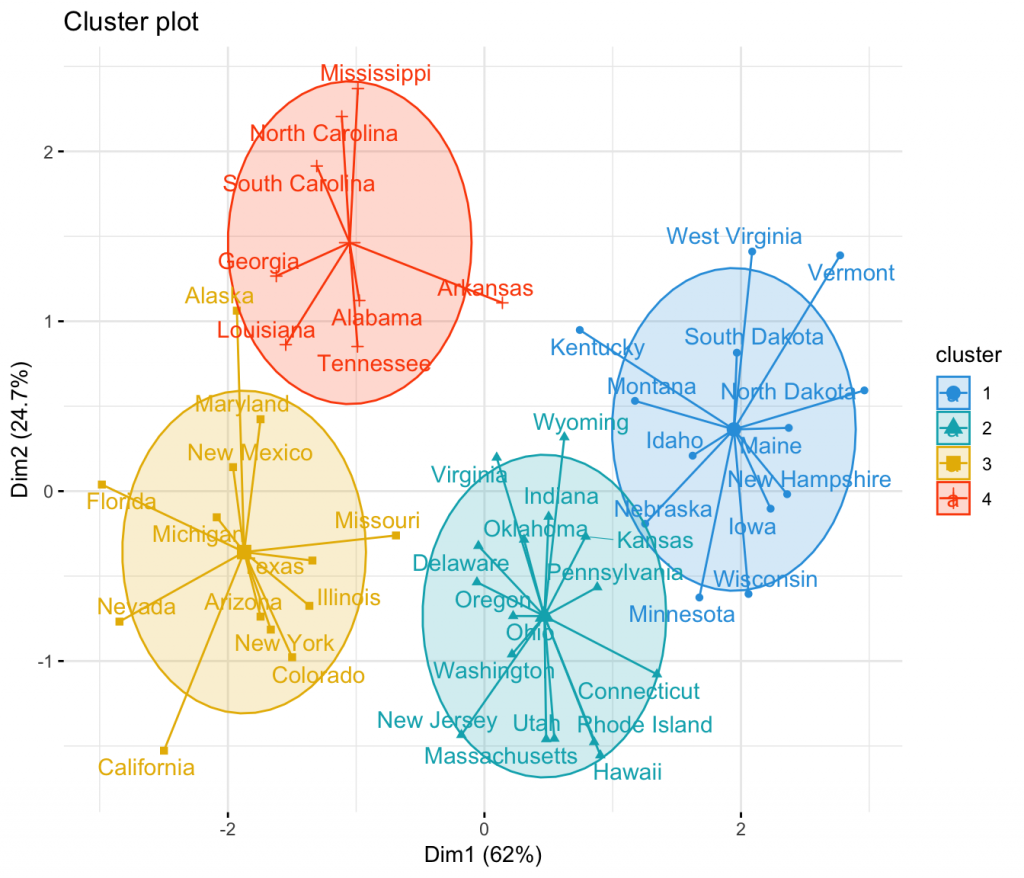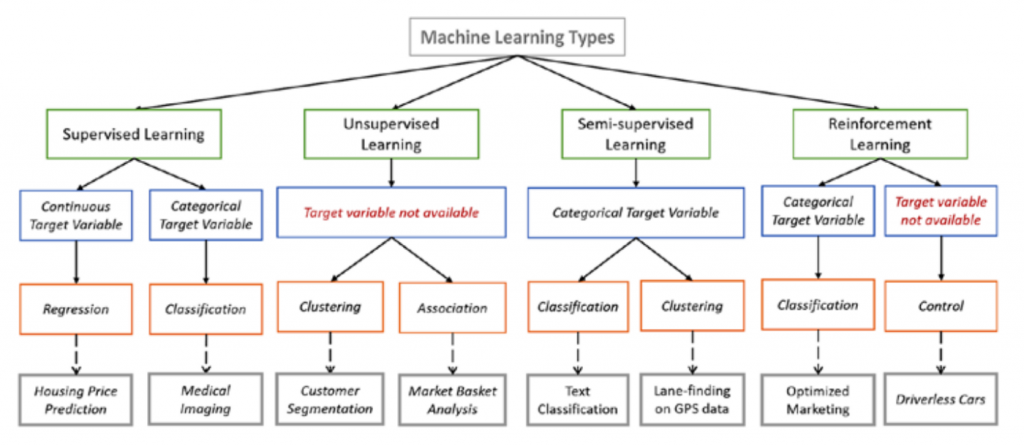Regardless of whether you know it or not, you have likely been exploiting the advantages of Machine Learning(ML) for quite a long time. ML, as being one of the best-known subfields of Artificial Intelligence(AI), is used in numerous areas so that it became very common, yet many people still don’t know exactly what it means and how it is applied. Let’s start with some real life examples.
While you are watching a video from Youtube, did you ever noticed when it recommends for another video that is similar to what you are already watching? In the same manner, while you are watching a movie from Netflix, did you noticed “Because you watched …” section which offers different movies you may like. How are they doing this recommendation?

Did you ever think companies such as Amazon choose the number and the location of their distribution points? Are they choosing randomly? Of course NO! They are make use of machine learning. Basically, they are deciding on those variables based on the locations of the orders and the customers. They are trying to cluster the locations of the orders so that the central point of the each cluster is a good candidate for being a distribution point. The number of those clusters is also a good estimate for the number of the distribution points. By doing so, Amazon will not only deliver the orders faster but also they spent less money for the distribution.

What is Machine Learning?
Arthur Samuel, who is a pioneer in AI, defined ML as “Field of study that gives computers the capability to learn without being explicitly programmed”. That is, the computers make data-driven decisions rather than being explicitly programmed. The goal of the machine learning algorithms is to generate a model of the training data so that when new input is introduced to the algorithm, it can make predictions based on model. These predictions are later evaluated to decide whether the model is successful or not.

Why is ML Important?
As the scale of the data increases, the difficulty of processing these data also increases. It requires more processing power and getting insights from the massive volumes is hard. With the help of Machine Learning models, it is possible to overcome this problem. Additionally, Machine Learning systems can adapt to new data, so they can handle fluctuating environments. Last but not least, the algorithms can give unexpected findings and uncover hidden insight without being specifically programmed.
Types of Machine Learning
The presence or absence of human influence on raw data distinguishes machine learning models.
- Supervised Learning: The training data you feed to the algorithm includes the labels.
- Unsupervised Learning: The training data is unlabeled. The system tries to learn without user supervision.
- Semisupervised Learning: The training data have a lot of unlabeled data and a little bit of labelled data.
- Reinforcement Learning: The dataset uses a “rewards/punishments” system and the algorithm must learn by itself what is the best strategy to get the most reward over time.
I hope the following figure taken from en.proft.me will create a better understanding.

